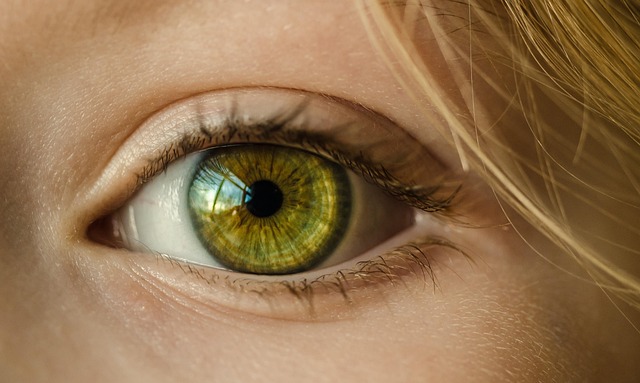Mastering the Art of Portrait Painting with the Perfect Brush
Portrait painting is a time-honored tradition that transcends generations, cultures, and individual expression. With every stroke of the brush, artists capture not just the physical likeness of their subjects, but also the essence of who they are. A vital component in this intricate process is the choice of tools, particularly the portrait brush. Selecting the right portrait brush can elevate your artwork from ordinary to extraordinary, transforming your vision into a captivating reality.
The Importance of Choosing the Right Brush
Imagine standing before a blank canvas, the silent anticipation hanging in the air. You reach for your brushes, and among them lies the one that feels just right—the portrait brush. This brush is not merely an instrument; it’s an extension of your hand, a transformer of emotion into color and shape. The right brush allows for the subtle nuances required in portraiture, helping you convey depth, light, and emotion.
Types of Portrait Brushes
When diving into the world of portrait painting, it’s essential to understand the different types of brushes available. A few wonderful brushes that can enhance your portraiture skills include:
- Round Brushes: Perfect for adding fine details and creating softer strokes.
- Flat Brushes: Great for laying down color and broad strokes, providing structure to your composition.
- Filbert Brushes: Their unique shape makes them ideal for blending and creating soft edges.
- Fan Brushes: Excellent for textures and adding final details to the hair and background.
Each type has its strengths, and knowing when to use each can make a significant difference in your painting process.
The Emotional Connection
Painting a portrait is not just about technique; it’s about connection. The perfect portrait brush allows you to immerse yourself in the moment, creating an emotional bridge between you and your subject. This feeling often influences the way colors blend and how the brush glides across the canvas. As your subject comes to life with every stroke, emotions and stories unfold, allowing viewers to glimpse into the soul of the person depicted.
Practical Tips for Using Your Portrait Brush
To get the most out of your portrait brush, consider the following practical tips:
- Practice Different Techniques: Explore various brush techniques such as stippling, scumbling, and glazing to see what resonates with your style.
- Know Your Paint: Watercolor, acrylic, or oil—each medium behaves differently with your brush, affecting texture and flow.
- Maintain Your Brushes: Clean your brushes after each use to ensure longevity and preserve their shape and functionality.
Remember, a well-cared-for brush will serve you faithfully as you pursue your artistic journey.
Finding Your Unique Style
Every artist’s journey is unique, often shaped by personal experiences and the specific qualities each artist looks for in their tools. As you experiment with different portrait brushes and techniques, allow yourself to be inspired. Analyze what aspects of portrait painting ignite your passion and let your intuition guide you. Over time, you will discover not only what brush fits your technique but also the signature style that speaks to your artistic soul.



